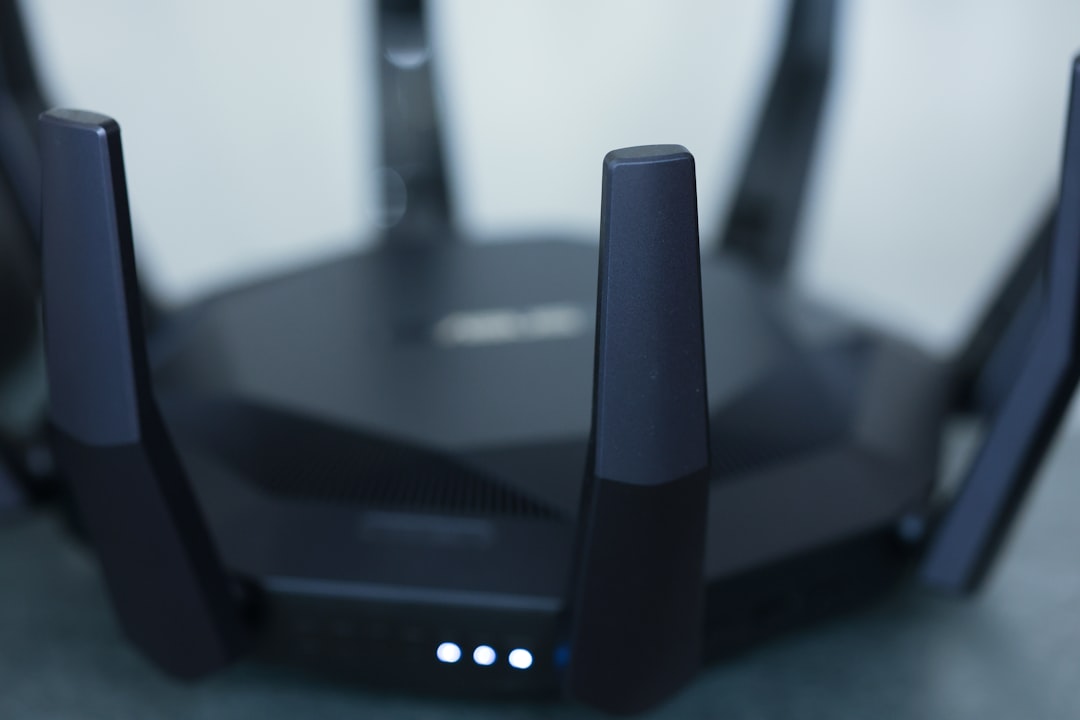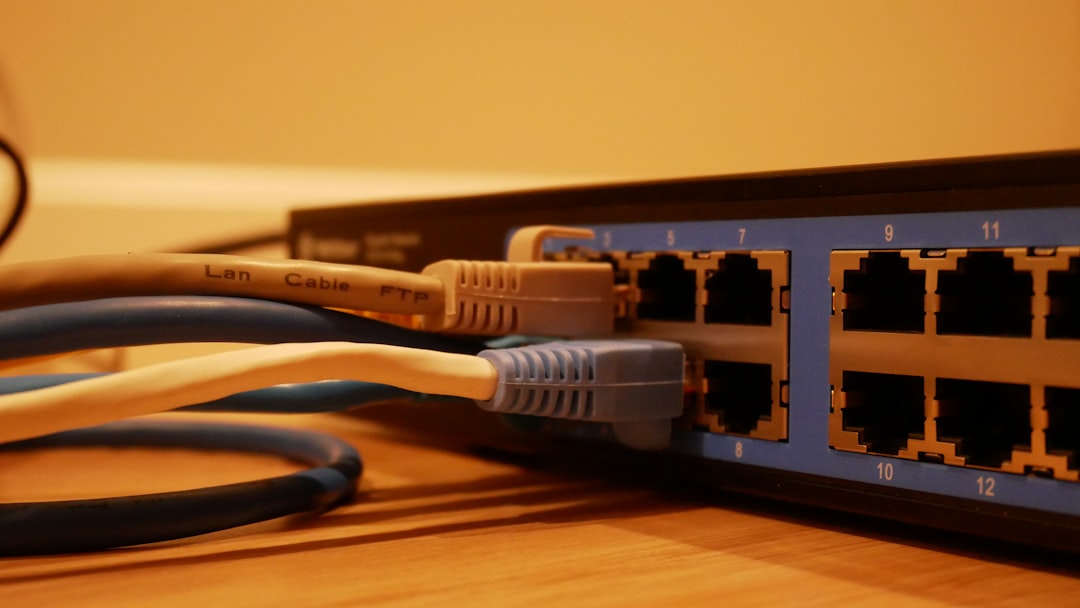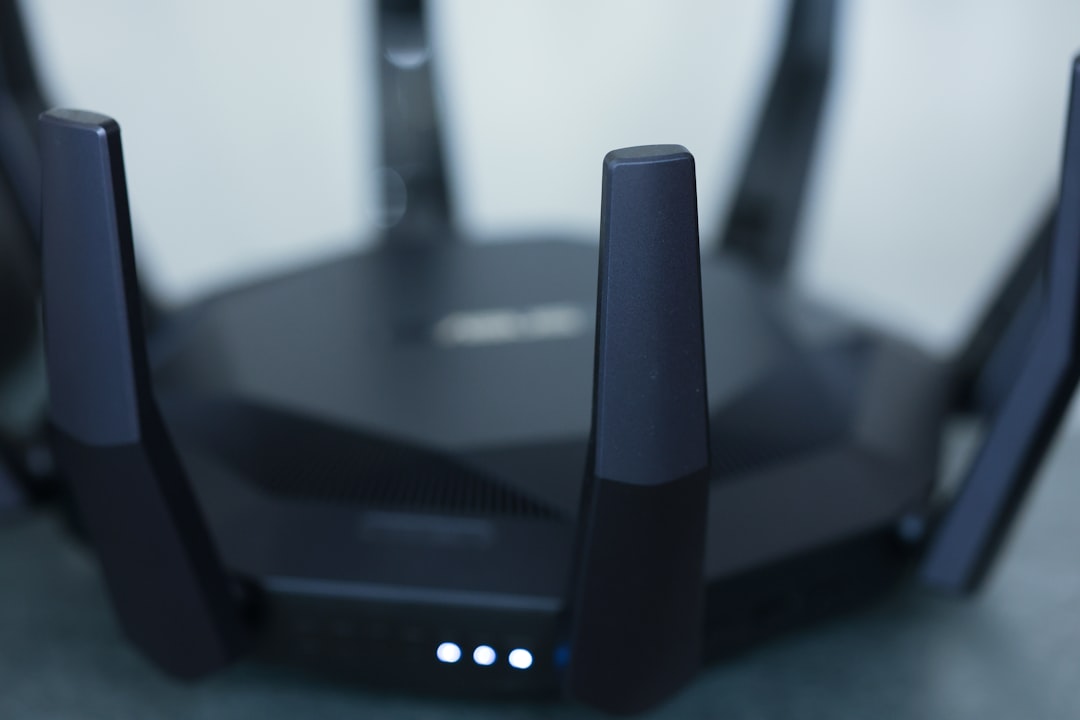Having Wi-Fi has become a necessity in today’s connected world, but many people often confuse Wi-Fi with internet access. While the internet gives you access to online resources, Wi-Fi merely serves as a medium to wirelessly connect devices. In other words, it’s entirely possible to have Wi-Fi without an internet connection. This can be useful in various situations such as home automation, local file sharing, or creating a private network.
Understanding the Difference Between Wi-Fi and Internet
Before diving into how to set up Wi-Fi without internet, it’s essential to understand what Wi-Fi really is. Wi-Fi is a wireless networking technology that allows devices such as laptops, smartphones, and smart TVs to communicate with each other or access a central point like a wireless router. However, having Wi-Fi does not automatically mean you have internet access.
Think of Wi-Fi as the road and the internet as destinations like websites and online content. Without internet access, the road still exists; you just don’t go beyond your local area. This opens up possibilities for tasks like file sharing, setting up local servers, or multiplayer gaming—all without an internet connection.
Ways to Get Wi-Fi Without Internet
Here are several methods by which you can set up Wi-Fi without needing an active internet connection:
1. Use a Wireless Router
A standalone wireless router can create a local network even without connecting to a modem or ISP.
- Plug in your wireless router.
- Access the router settings using its default IP address (e.g., 192.168.0.1).
- Configure the SSID and password for the network.
- Connect your devices to the newly created Wi-Fi network.
This setup is ideal for local file transfers, streaming locally stored media, or local multiplayer games.

2. Wi-Fi Direct
Wi-Fi Direct allows two or more devices to connect directly via Wi-Fi without needing a router. This feature is available on many modern smartphones, smart TVs, and laptops.
- Enable Wi-Fi Direct on both devices.
- Search for available devices on one device.
- Connect them to start sharing data or screen mirroring.
This method is highly convenient for transferring files, playing local games, and presenting slideshows.
3. Mobile Hotspot (Without Data)
Using your smartphone’s hotspot feature is another way to create a Wi-Fi network without internet. You can turn on the hotspot even if there’s no cellular data.
- Go to your phone’s settings.
- Navigate to the hotspot or tethering section.
- Enable hotspot and set your SSID and password.
This option is great for performing local backups or sharing files between mobile devices and computers.
4. Set Up a Local Server
For advanced users, setting up a local server on the network can greatly expand what you can do without needing internet access.
Common use cases include:
- Hosting media servers using software like Plex or Kodi.
- Running a Minecraft server for local multiplayer gaming.
- File servers for backups and data archiving.

5. Offline Networked Devices
With the growing Internet of Things (IoT) market, many devices now support Wi-Fi connectivity even without needing to connect to the internet. Smart appliances, local automation hubs, and IP cameras can function via local Wi-Fi networks and perform tasks like scheduling or controlling via apps.
Common Scenarios Where Local Wi-Fi Is Beneficial
Creating a Wi-Fi network without internet access can be useful in several real-world scenarios:
- Remote locations: Camping, cabins, or isolated work sites with limited or no internet service.
- Classrooms or libraries: Facilitates sharing of learning materials without the risk of online distractions.
- Private LAN gaming parties: Allows multiple participants to connect and play multiplayer games.
- Offline data sync: Businesses that need devices to sync data internally for later uploads.
Limitations of Wi-Fi Without Internet
While setting up a Wi-Fi network without internet access has its perks, it’s important to understand some limitations:
- No access to online services: Streaming platforms, social media, or cloud backups won’t work.
- Limited app functionality: Some apps require internet for full functionality and may not work in offline mode.
- Device compatibility issues: Not all devices support local network features equally, especially smart home gear designed with cloud dependency.
Troubleshooting Tips
Setting up local Wi-Fi may not always be straightforward. Here are some quick troubleshooting suggestions:
- Ensure DHCP is enabled on the router so devices can obtain IP addresses automatically.
- Disable captive portals or login requirements that may interfere with offline networks.
- Restart connected devices if they fail to detect or join the network.
- Update firmware for routers or devices that may experience compatibility issues.
Conclusion
Setting up a Wi-Fi network without internet access can be incredibly useful, especially for localized tasks and secure environments. Whether it’s for gaming, media streaming, or data transfer, having an offline local network offers practical advantages while also improving security and device performance in many cases. By understanding the tools and methods available, anyone can enjoy the benefits of wireless connectivity—even without being online.
FAQ: How to Get Wi-Fi Without Internet Access
- Can I use a router without an internet connection?
- Yes, a router can create a local network even without internet. Devices connected to the router can still communicate with each other.
- What can I do over a Wi-Fi network without internet?
- You can share files, stream locally stored media, host local game servers, control IoT devices, and run local servers.
- Will my smart home devices work without internet?
- Some smart devices will function in a local-only mode, but many require cloud connectivity to access full features.
- What is Wi-Fi Direct and how is it different?
- Wi-Fi Direct allows two devices to connect wirelessly without a router. It’s useful for quick file sharing, printing, or media streaming between devices.
- Can I use my phone as a router without data?
- Yes. You can enable the mobile hotspot feature even without data to create a local network for nearby devices.
- Are there any risks to using Wi-Fi without internet?
- Generally, local-only Wi-Fi is very secure. However, always use WPA2 or higher encryption to prevent unauthorized access.



